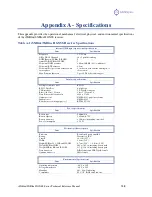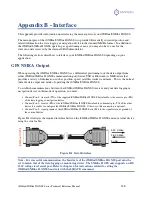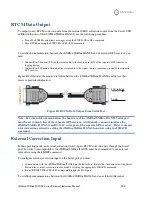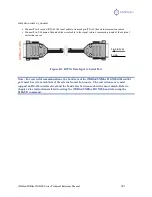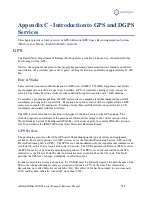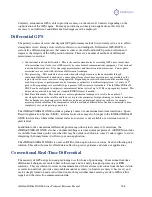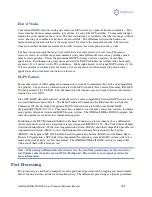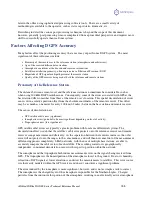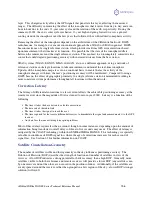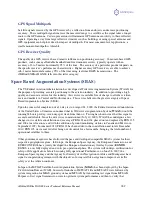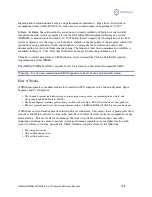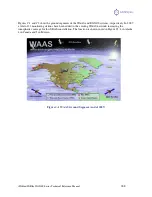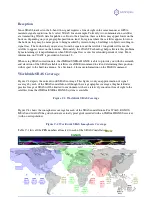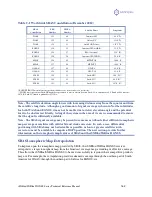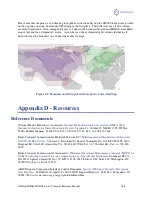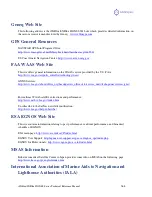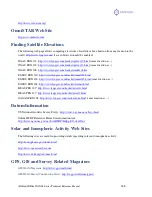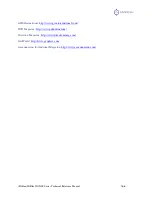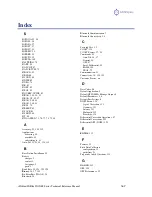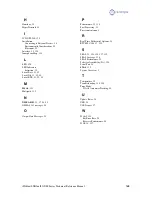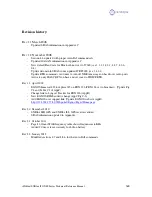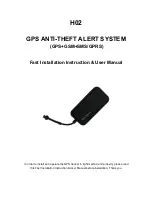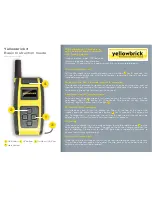
iSXblue/SXBlue II GNSS Series Technical Reference Manual
161
Reception
Since SBAS broadcast in the L-band, the signal requires a line of sight in the same manner as GPS to
maintain signal acquisition. Let’s select WAAS for an example. Currently, two communication satellites
are transmitting WAAS data for public use. Due to their location, these satellites may appear lower on the
horizon, depending on your geographic position on land. In regions where the satellites appear lower on
the horizon, they may be more prone to being masked by terrain, foliage, buildings or objects, resulting in
signal loss. The further that you are away from the equator and the satellite’s longitude will cause the
satellite to appear lower on the horizon. Fortunately, the COAST Technology helps alleviate this problem
by maintaining system performance when SBAS signal loss occurs for extended periods of time. More
information on COAST is provided in Section 2.5.
When using SBAS correction data, the iSXBlue/SXBlue II GNSS is able to provide you with the azimuth
and elevation of the SBAS available satellites via a NMEA command to aid in determining their position
with respect to the built-in antenna. See Section 4.4 for more information on the $JGEO command.
Worldwide SBAS Coverage
Figure C-3 depicts the current world SBAS coverage. This figure is only an approximation of signal
coverage by each of the SBAS constellation. Although there is geographic coverage at higher latitudes,
practical usage of SBAS will be limited to environments where a relatively consistent line of sight to the
satellites from the iSXBlue/SXBlue II GNSS system is available.
Figure C-3 Worldwide SBAS Coverage
Figure C-4 shows the ionospheric coverage for each of the SBAS constellations. For WAAS, EGNOS,
MSAS and GAGAN the grids shown are actual typical grids recorded with an SXBlue III GNSS receiver
(with no extrapolation).
Figure C-4 Worldwide SBAS Ionospheric Coverage
Table C-1 lists all the PRN numbers allocated to each of the SBAS Constellations.
WAAS
EGNOS
GAGAN
MSAS
SDCM


